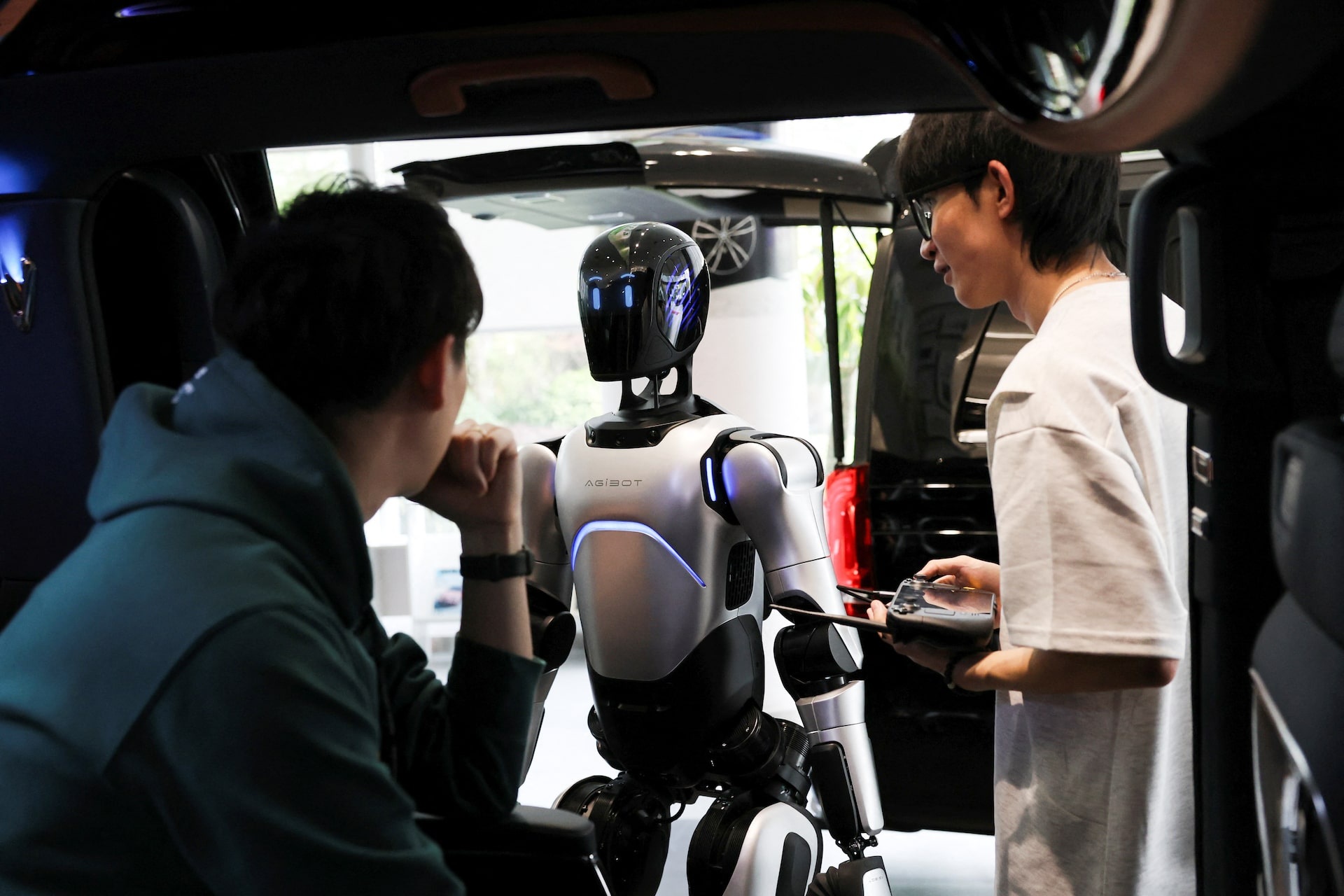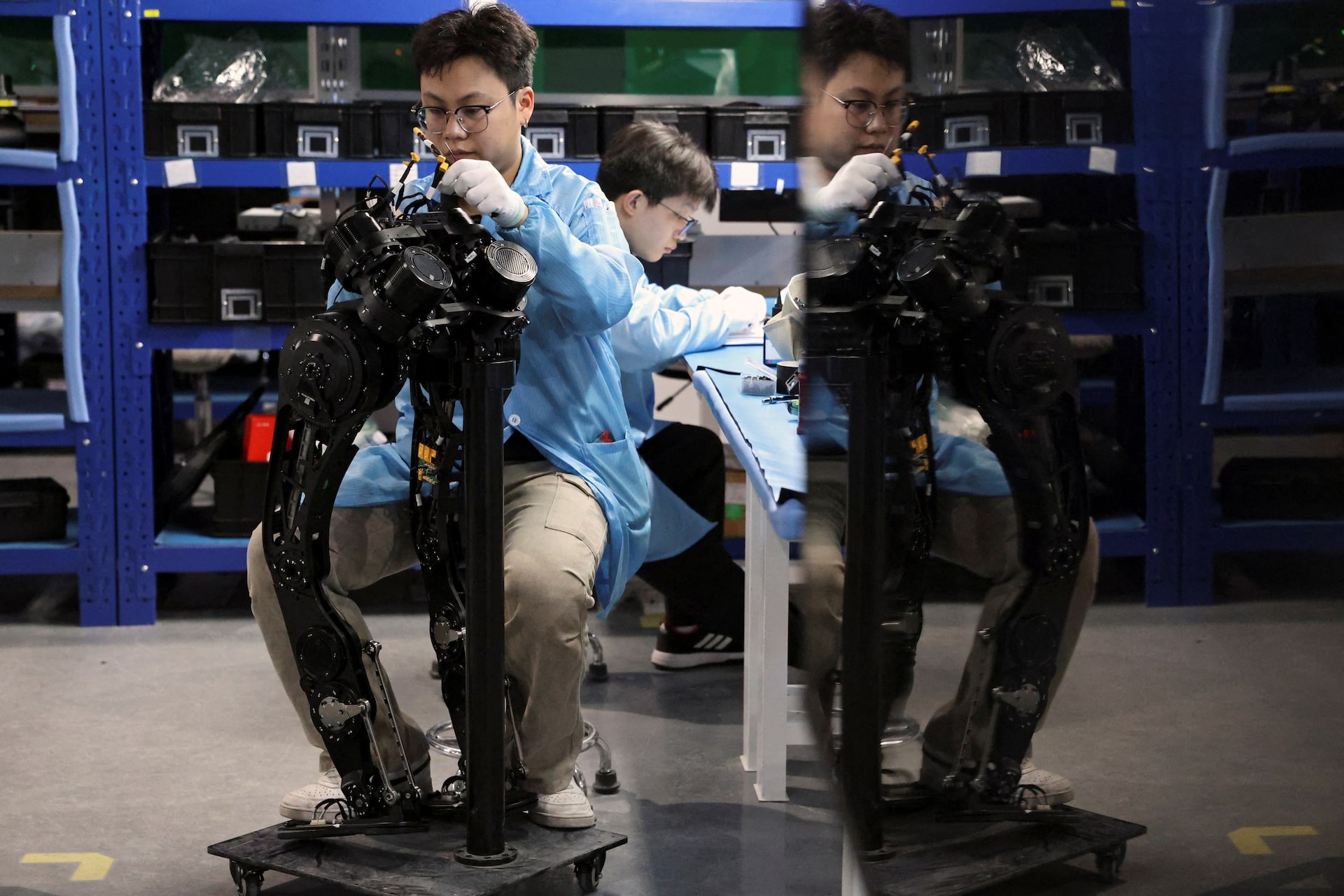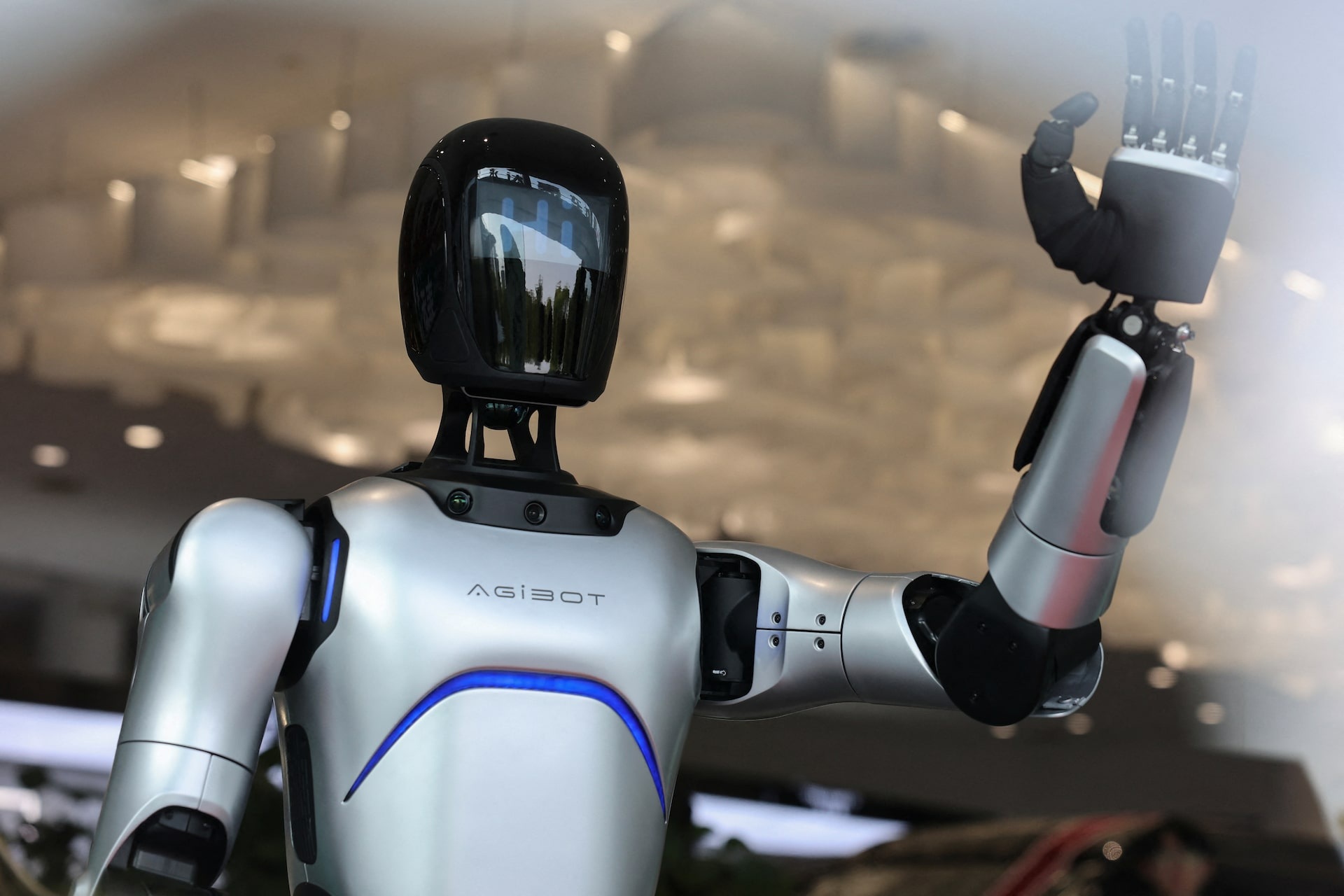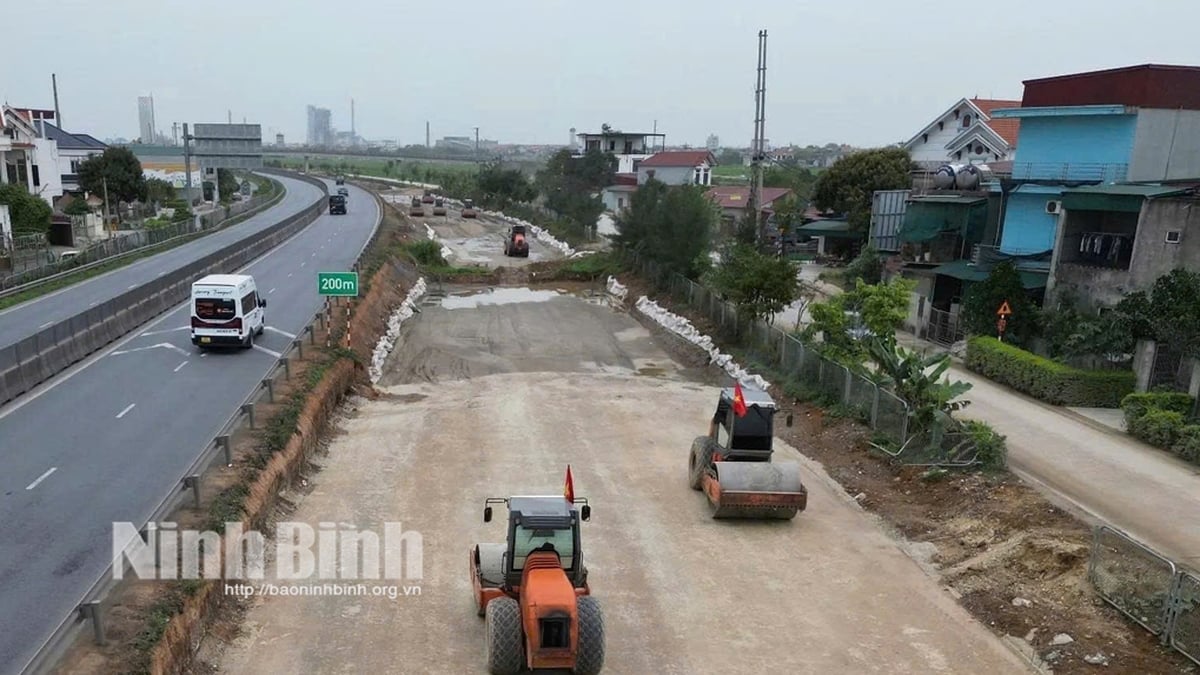The operation takes place 17 hours a day, with a single goal: to generate massive amounts of data, which humanoid robot startup AgiBot uses to train robots.
The company hopes these robotic products will become ubiquitous, changing the way people live, work and play.
The importance of humanoid robots to China has been increasingly highlighted as the country seeks solutions to pressing issues such as trade tensions with the United States, population decline and slowing economic growth.
Chinese President Xi Jinping personally inspected AgiBot's robots in Shanghai last month, where he talked about the possibility of the machines joining a soccer team.
While the United States is negotiating with China over tariffs imposed by President Donald Trump aimed at bringing manufacturing jobs back to America, Beijing is looking toward a new industrial revolution where humanoid robots will take over many factory jobs.
AI and Data: Key to Progress
In recent years, Chinese humanoid robots have made remarkable progress in agility, including the ability to do somersaults, run half marathons and even play soccer.

The real breakthrough, however, is China's embrace of advances in artificial intelligence, thanks in part to the success of homegrown companies like DeepSeek and strong government support.
This allows humanoid robot developers to combine the hardware with the software needed to turn them into economically valuable “workers.”
Reuters spoke to more than a dozen Chinese humanoid robot makers, investors, customers and analysts who said breakthroughs in developing robot “brains” would enable the machines to transform from mere showpieces into highly productive, self-learning workers, potentially revolutionizing global manufacturing.
According to these sources, China is focusing on data training and the sophistication of AI models, in which DeepSeek's strength is considered an important factor.
Successful and widespread deployment of robots in factories would help China consolidate its economic growth position and maintain its manufacturing edge, creating a sector that directly competes with the United States.
Strong government support
The Chinese government is actively supporting humanoid robotics companies through massive subsidies, with more than $20 billion allocated to the sector over the past year, and the country has also set up a one trillion yuan ($137 billion) fund to support startups in areas such as AI and robotics.
The government is also a big customer. According to Reuters, state purchases of humanoid robots and related technology are expected to increase significantly, reaching 214 million yuan in 2024, up from 4.7 million yuan in 2023.
Many other major cities such as Shenzhen and Wuhan are also rolling out support funds and preferential policies to promote the development of this industry.
Supply chain advantages
Analysts predict that the humanoid robot industry could follow the development trajectory of electric vehicles, with costs falling sharply thanks to the participation of many manufacturers and government support.
Ming Hsun Lee from Bank of America Securities (a US multinational investment banking division) estimates that the average cost of materials for a humanoid robot could fall from $35,000 by the end of this year to $17,000 by 2030, if most of the components are made in China.

Employees work on a humanoid robot assembly line at the AgiBot factory in Shanghai, China (Photo: Reuters).
China’s biggest advantage lies in its dominance of the hardware supply chain for humanoid robots. The country is capable of producing up to 90% of the components, significantly lowering the barrier to entry.
As a result, China now accounts for the majority of manufacturers and dominates the global supply chain in this sector.
Concerns about employment
While the humanoid robot industry is still in its early stages, Chinese lawmakers have begun discussing the potential impacts on the workforce.
According to a 2023 survey, there are about 123 million people working in the manufacturing industry in China.
Some Chinese social security experts warn that the development of robots and AI could affect about 70% of the manufacturing workforce, leading to a decline in social security contributions.
Liu Qingfeng, Chairman of AI company iFlytek, has proposed creating an AI unemployment insurance program to support workers displaced by robots.
However, robot developers also point out that their goal is to target jobs that humans do not want to do due to their boring, repetitive or dangerous nature.

An AgiBot humanoid robot waves at a car dealership of China Yongda Automobiles Services Holdings (Photo: Reuters).
China also sees humanoid robot technology as key to solving labor shortages in areas such as elderly care, a demand that is growing rapidly due to an aging population.
The government has also announced a national elderly care plan, encouraging the integration of humanoid robots and AI into the field.
Many experts believe that within the next 5-10 years, humanoid robots could take on many support tasks in daily life, from arranging rooms to transporting furniture and personal care.
Source: https://dantri.com.vn/cong-nghe/trung-quoc-huong-toi-cuoc-cach-mang-san-xuat-voi-robot-hinh-nguoi-ai-20250513151457276.htm


































































































Comment (0)